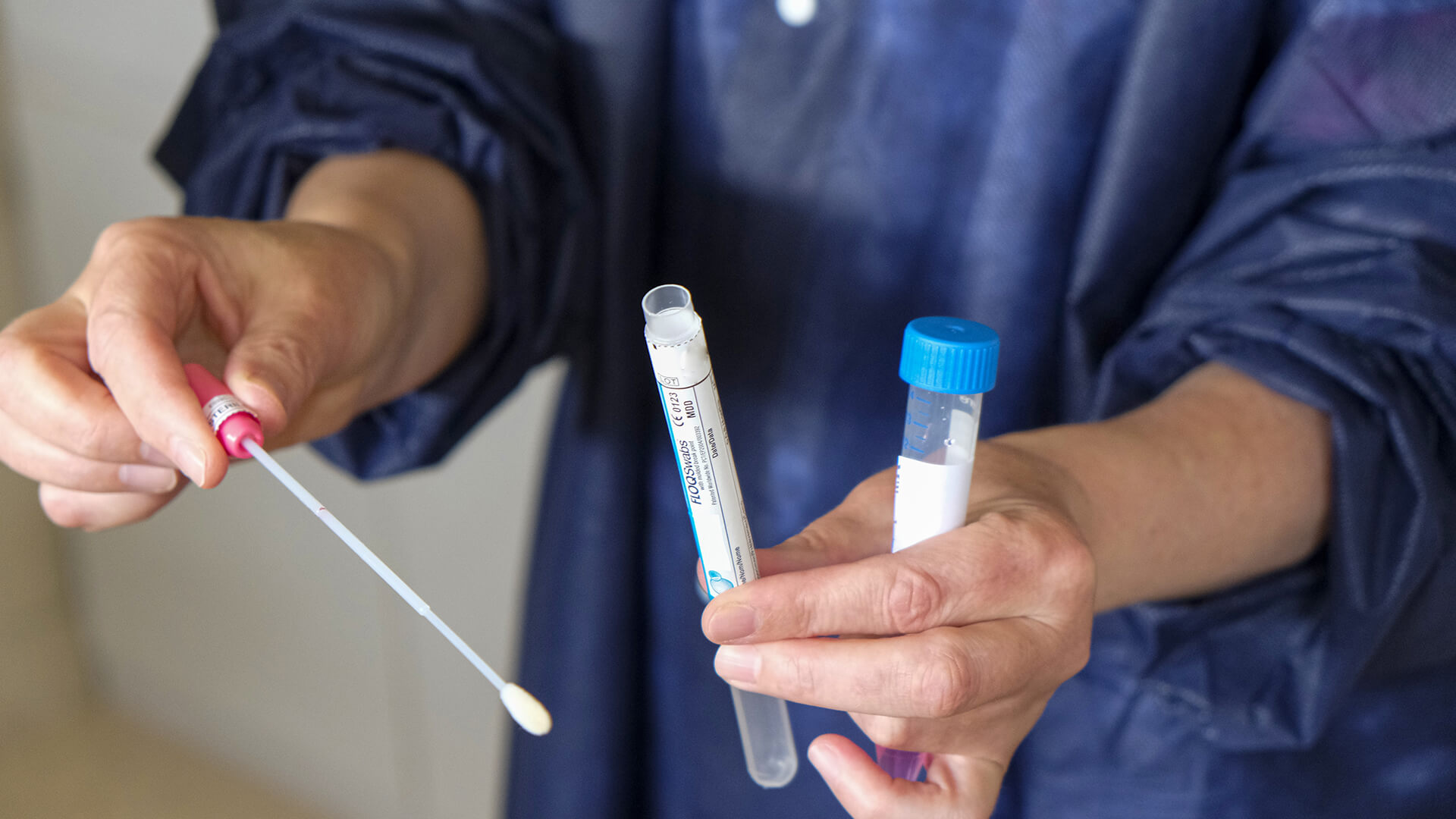The coronavirus pandemic has proven to be a global health crisis, and the most significant challenge the world has faced since the Second World War. Countries around the globe are racing to curb the effects of the pandemic, by carrying out mass testing, quarantining patients, and treating them. Testing and identifying the infected population is the hardest part of this process. However, health agencies are ramping up testing for COVID-19 using the following methods that have proved to be effective.
1. Drive Through Testing
The use of drive-through COVID-19 testing is an effective strategy, and a valid testing method because it minimizes patient-doctor contact and conserves PPEs. A good drive through contains three stations, to ensure the tests done well while accurate data about patients is collected.
At the first station, patients give their identification and mobile number, after which they are given a handout with adequate information about COVID-19. At the second station, the information on the dashboard is used to determine whether the patient meets the minimum testing criteria, which is done through a triage line. The actual testing is done at the third station, where nasal samples are collected by two staff members, who have full PPE protection.
2. Temporary Field Testing Stations
Many health agencies around the globe have deployed temporary field testing stations in their localities. It is a useful tool in increasing mass testing and controlling the spread of COVID-19. The temporary testing stations have qualified medical personnel to carry out the tests accurately and to give more information about the virus. It is also quite easy to set up; some chairs and custom canopies are all it takes to set up a field testing station.
3. Using Home Testing Kits
Many health agencies have touted that they are developing at-home testing kits, which they are still scrutinizing to ensure they get the FDA approval. After completion of the home testing kits, people will be able to swab themselves at home then mail their sample to a certified lab to get them tested. In early May this year, the FDA released essential guidelines for developing these types of kits.
4. Using the Sample Pooling Method
In this form of testing, samples collected from different people, are placed in a pool and tested together. If the results collected from the pool are positive, the samples will have to be tested one by one. German health practitioners invented this technique, and it came in handy in areas where the infection rates were low. Sample pool testing is useful in mass testing of institutions and organizations, for instance, in schools and companies.
5. Required Volume Testing
The basic principle of this type of testing is, the more COVID-19 cases there are, the more tests are required to manage the spread of the disease. Health agencies sensitize this mode of testing since, during the beginning of an outbreak in any region, the spread tends to grow exponentially. They are, therefore, suggesting that more testing should also be done exponentially to control the spread. Essentially, the required testing volume is a crucial function of disease spread control.
While testing has improved incredibly across the globe, efforts should still be made to ensure that we keep up with the spread of the disease. However, as we move forward, amid this global pandemic, health agencies are still working tirelessly to develop other COVID-19 testing techniques to control the pandemic spread.



















